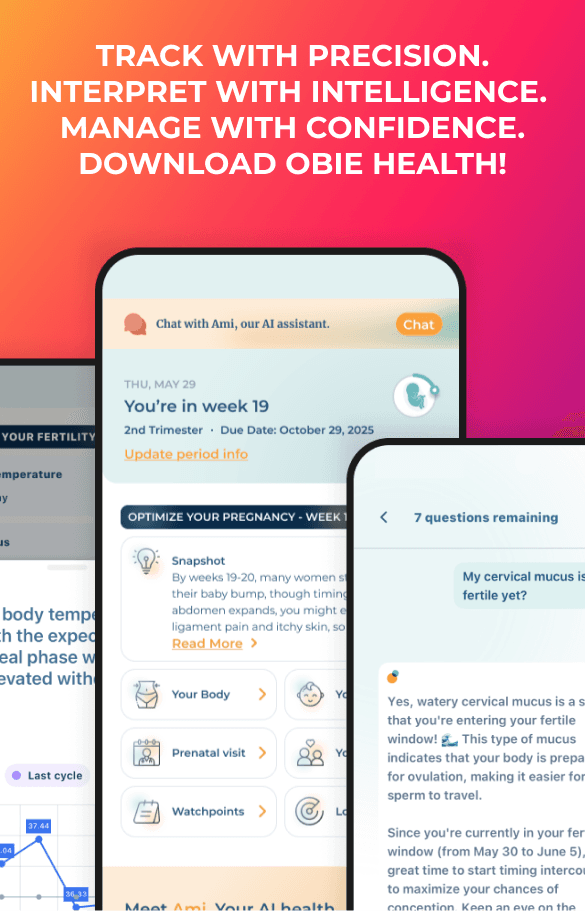Excess Weight Shields Fetal Heart Defects from Ultrasound
Pregnancy News
Obie Editorial Team
 Ultrasound scans have revolutionized fetal diagnostics but they are not foolproof. A Swedish doctor says that more than six of every ten serious fetal heart defects go undetected in ultrasound scans. One reason, he says, is that excess weight shields the fetus, making it difficult to accurately read the ultrasound.
Ultrasound scans have revolutionized fetal diagnostics but they are not foolproof. A Swedish doctor says that more than six of every ten serious fetal heart defects go undetected in ultrasound scans. One reason, he says, is that excess weight shields the fetus, making it difficult to accurately read the ultrasound.
Eric Hildebrand, a senior physician at the Linköping (Sweden) University Hospital Women's Clinic, explored the issue of how excess weight hinders detection of ultrasound scans as his dissertation thesis for graduate studies in obstetrics and gynecology at the Swedish university. "Children born with serious heart defects are in constant danger," according to Hildebrand. Their need for immediate medical attention at birth could be addressed in a fully equipped hospital if only the defects are known before birth.
In Sweden, about 13% of expectant mothers score 30 or higher (clinically obese) on the body mass index (BMI). Approximately 2,000 Swedish children each year are born with serious anatomical malformations; roughly half of them are heart defects.
Uncomplicated pregnancies are handled by midwives who routinely administer ultrasounds at two points during pregnancy: between 11 and 14 weeks and again between weeks 18 and 20. The first ultrasound establishes gestational age, the possibility of multiple babies, and general anatomical assessment. Assessment of organ development is the object of the second ultrasound.
Ultrasounds and deliveries usually occur in small, local hospitals or maternity centers that are not equipped for high-risk pregnancies. If complications are suspected after an ultrasound, the patient is referred to a physician for more in-depth assessment. In some cases, she will be directed to deliver in a fully-equipped medical center in a nearby city.
Hildebrand reviewed more than 21,000 ultrasounds from patients in three counties in southeastern Sweden. He discovered:
- Fewer overall defects detected in the first scan
- Heart defects were particularly difficult to detect
- No heart defects were identified in the first scans
- 37% of the second scans revealed heart abnormalities
“Subcutaneous fat detracts from the quality of the image, making it more difficult for us to see malformations,” says Dr. Hildebrand. Obesity during pregnancy also slightly increases the risk for spina bifida and Down syndrome.
To improve the detection rate and ensure optimum care for high-risk pregnancies, Hildebrand suggests a two-faceted approach:
- Specialized education for midwives that focuses on detecting heart anomalies and the use of color Doppler ultrasound that more clearly reveals blood flow in the heart.
- Use of the Combined Ultrasound and Biochemical (CUB) screening test for chromosomal abnormalities such as Down syndrome; CUB is uniformly accurate regardless of the patient's weight.
By increasing awareness of the effect of excess weight on reading ultrasound scans, Hildebrand hopes his research will lead to earlier detection of fetal heart abnormalities.
Source: Hildebrand, Eric. "Prenatal diagnosis of structural malformations and chromosome anomalies: Detection, influence of Body Mass Index and ways to improve screening (pdf)." Linköping University / Research News. Linköping University. 2014. Web. Mar 31, 2014.







